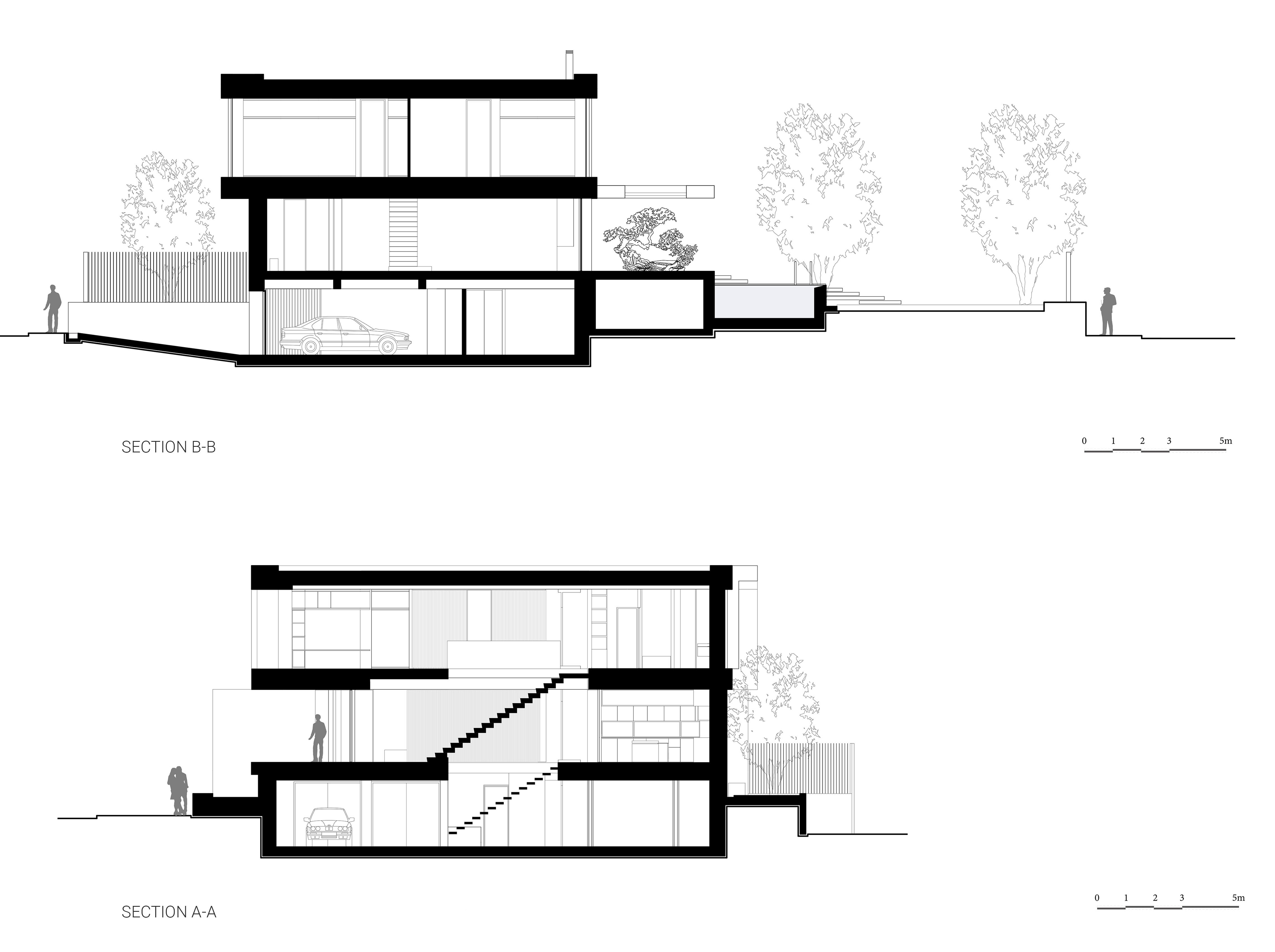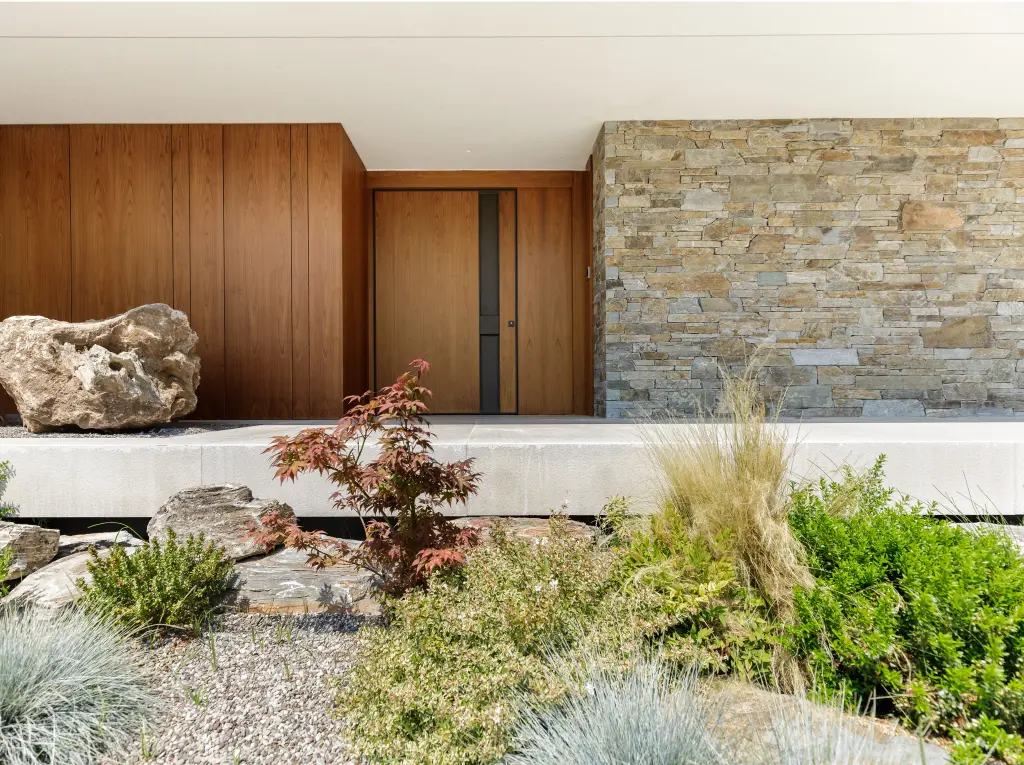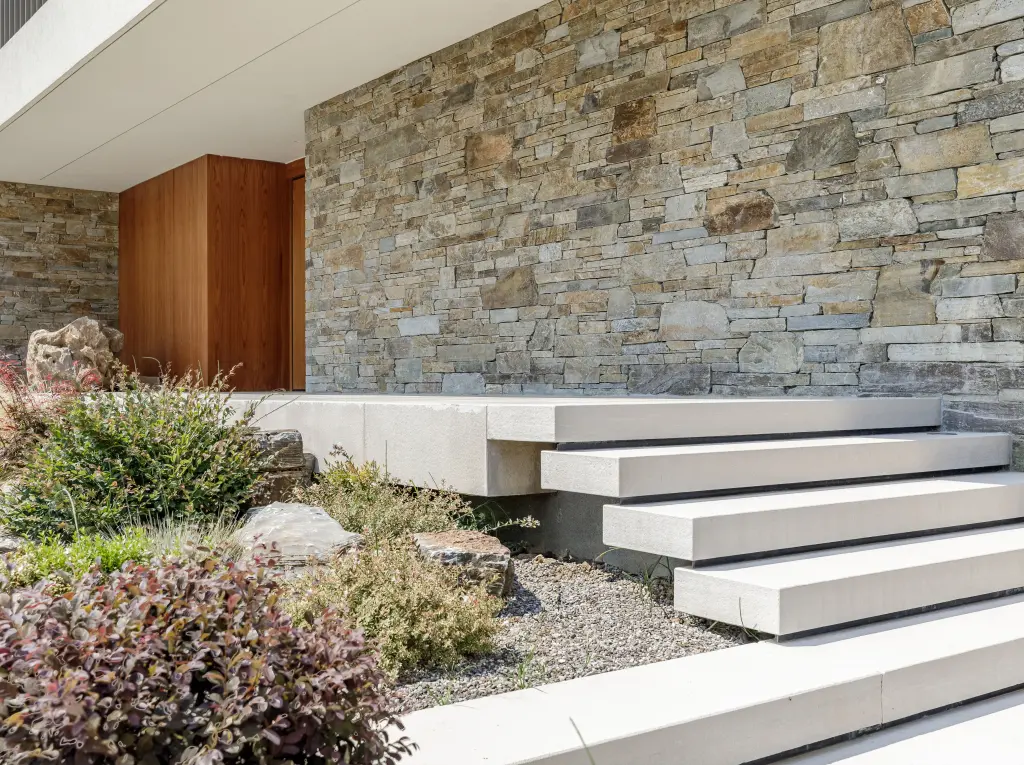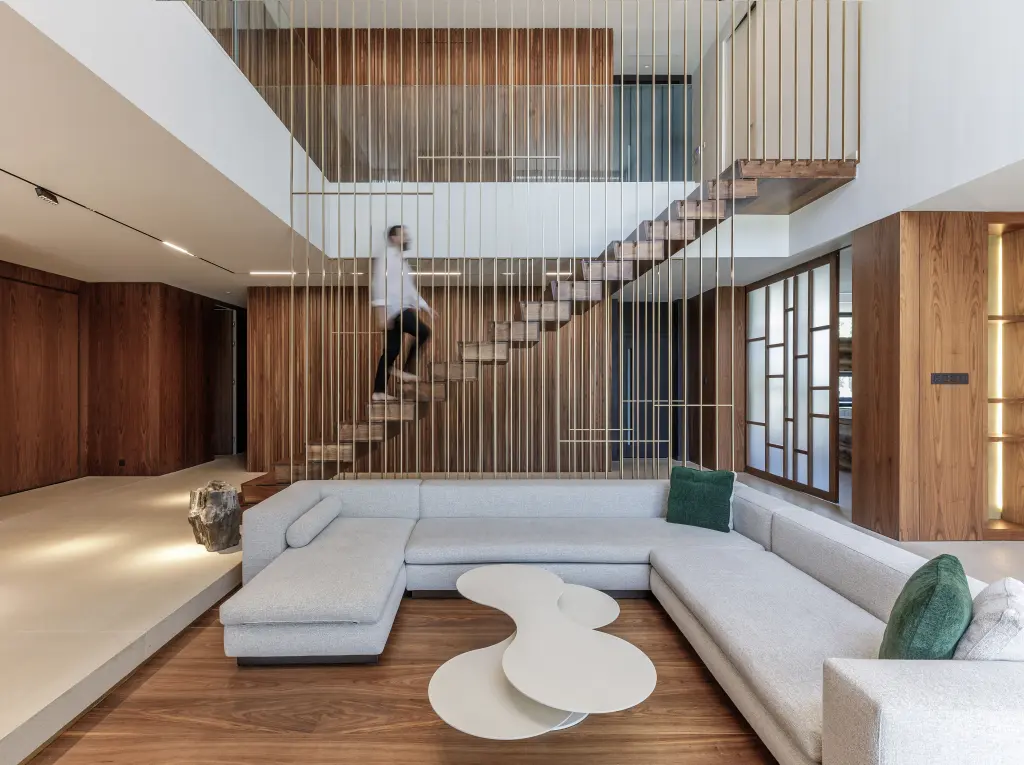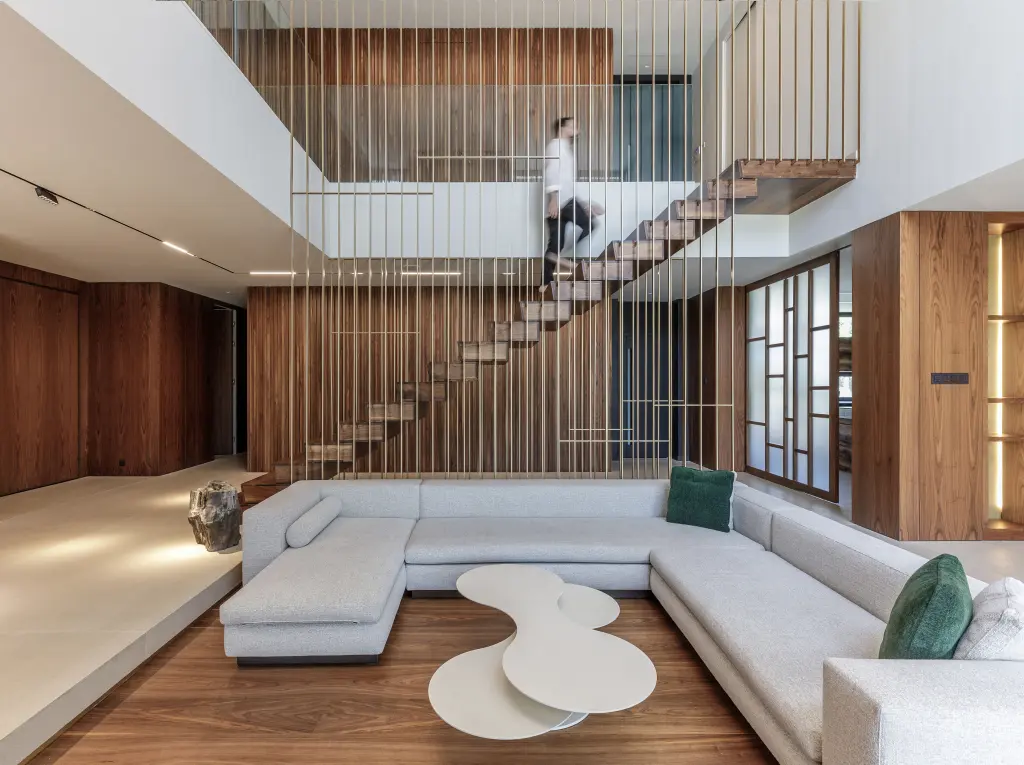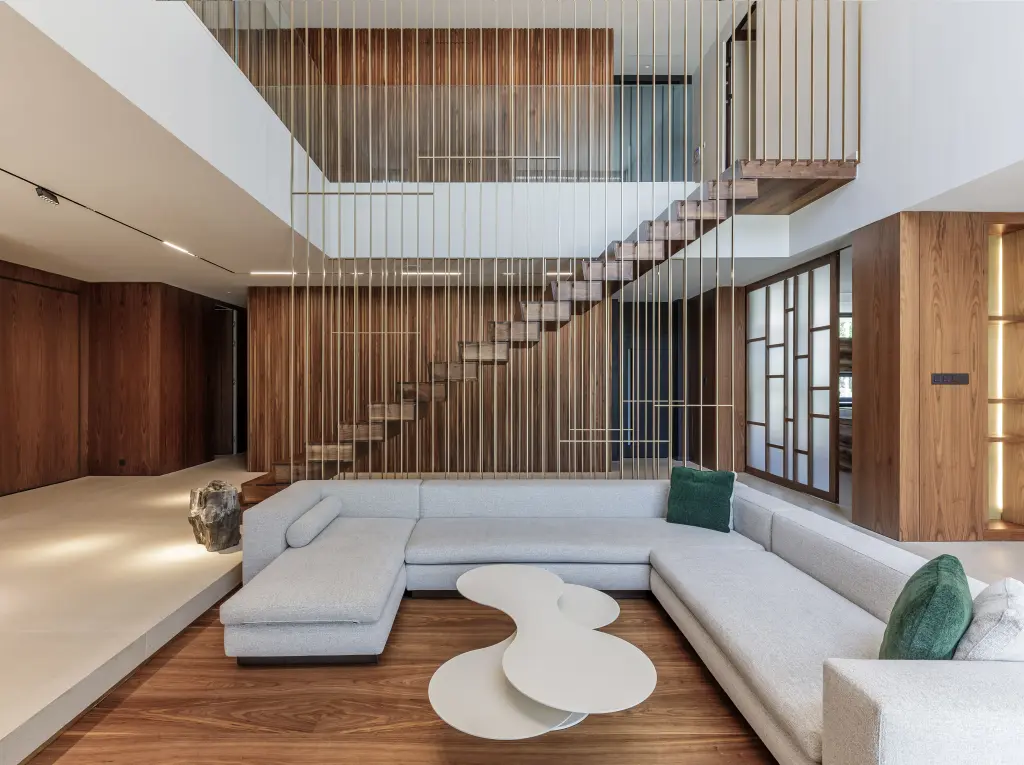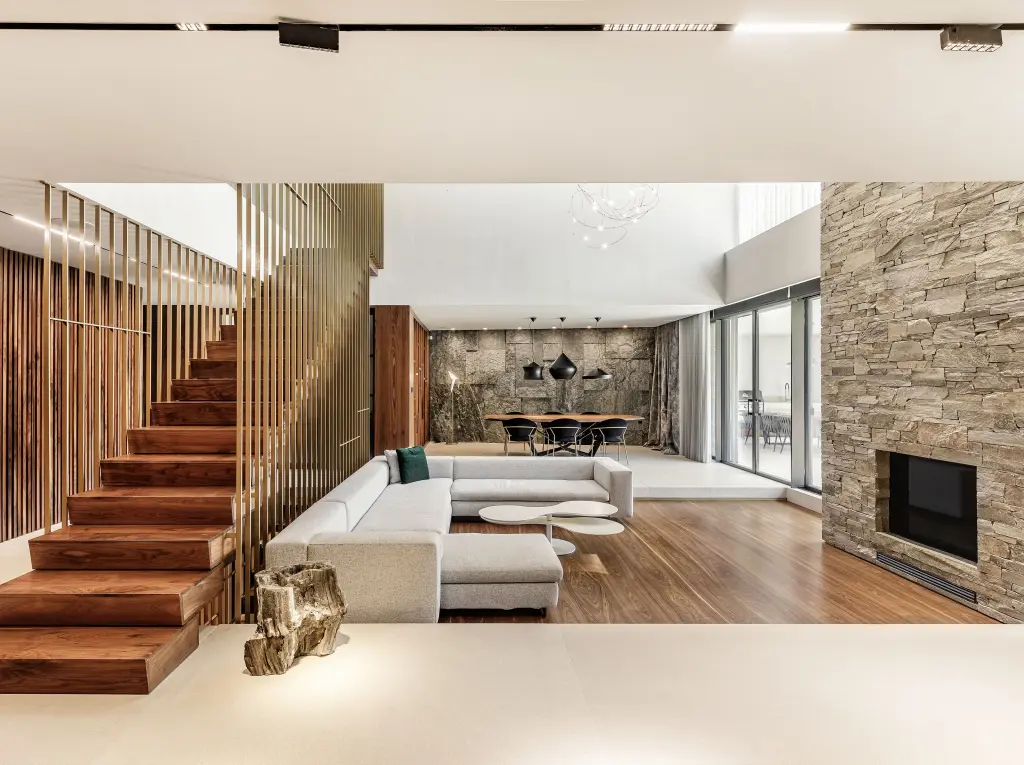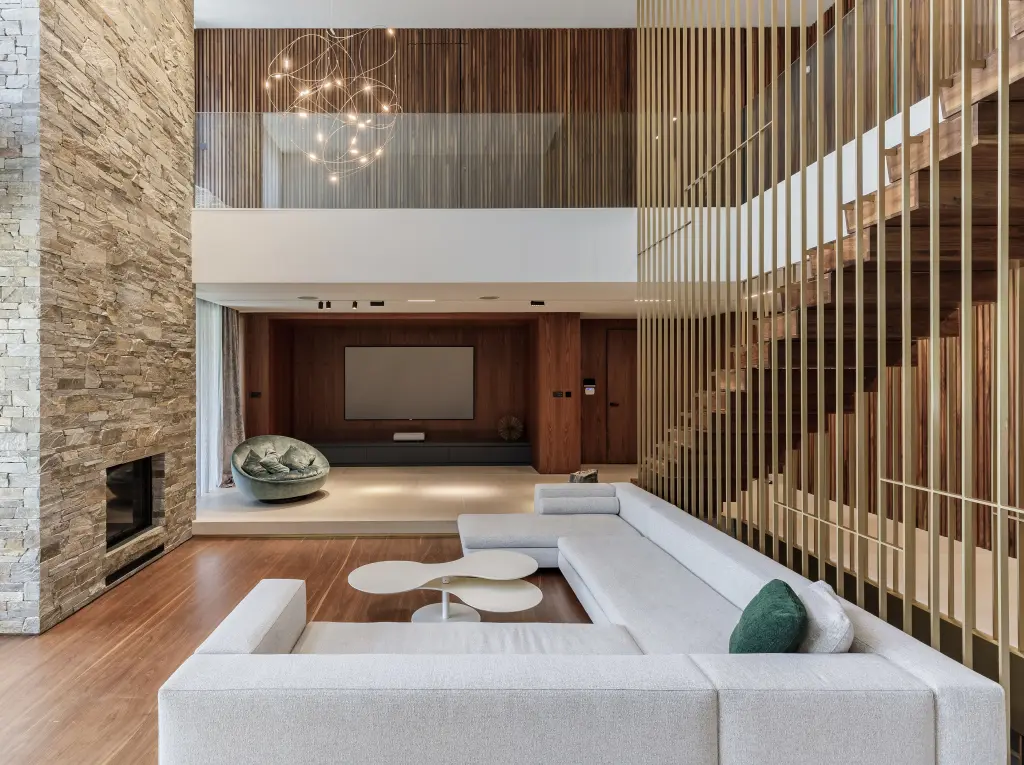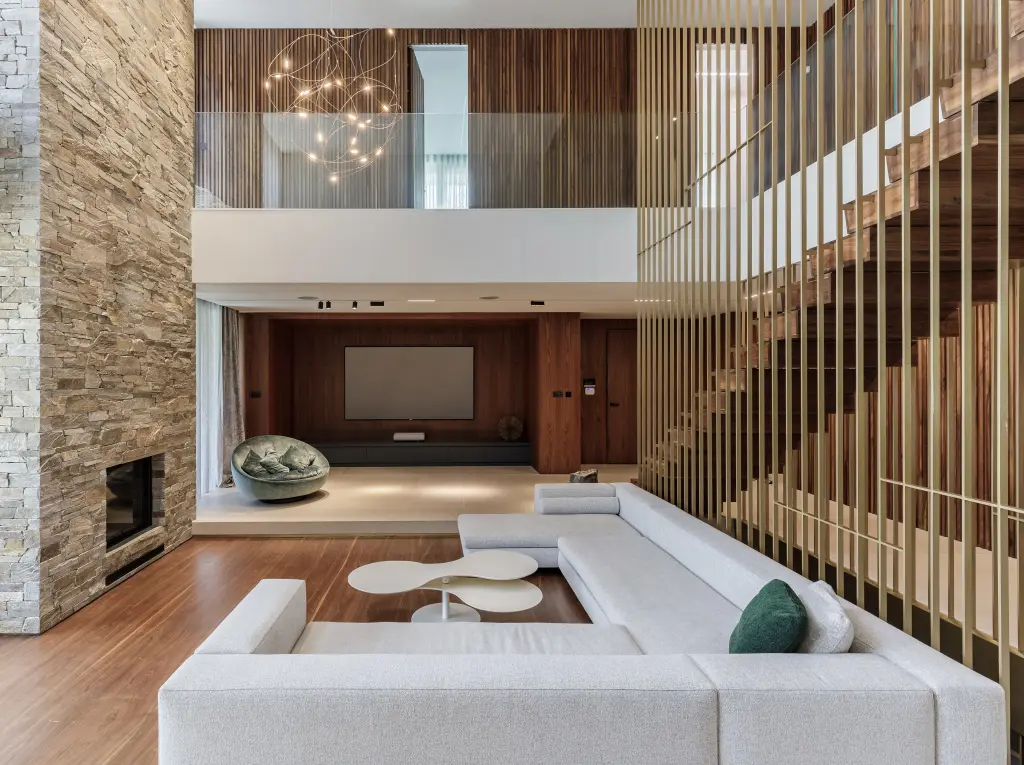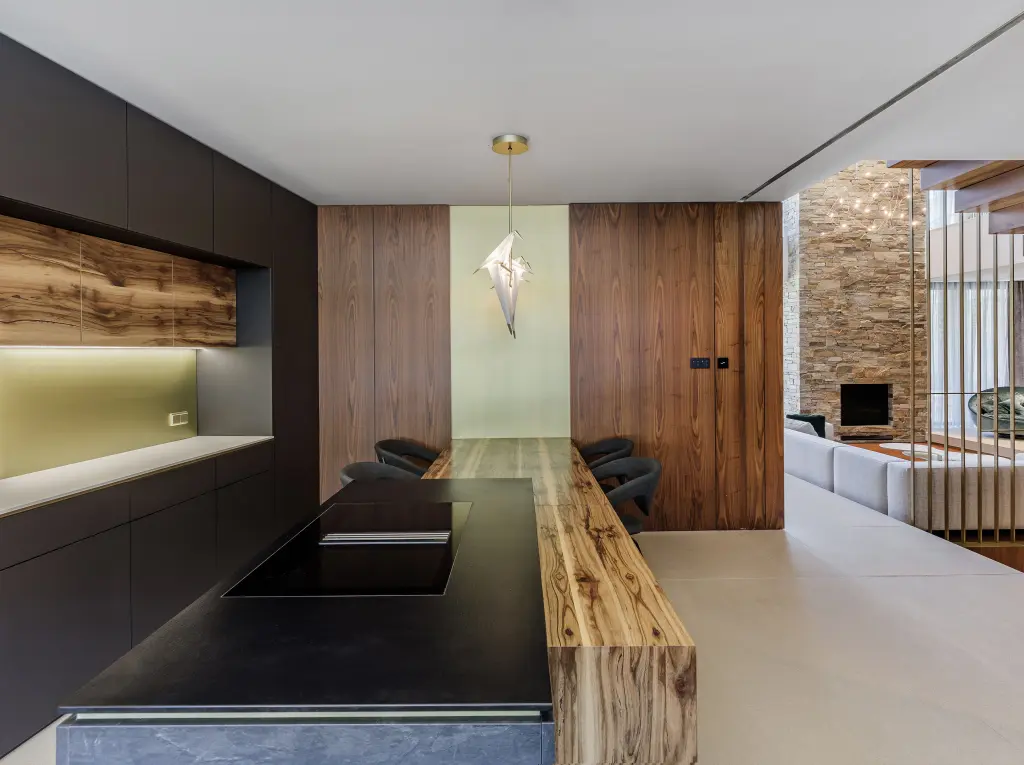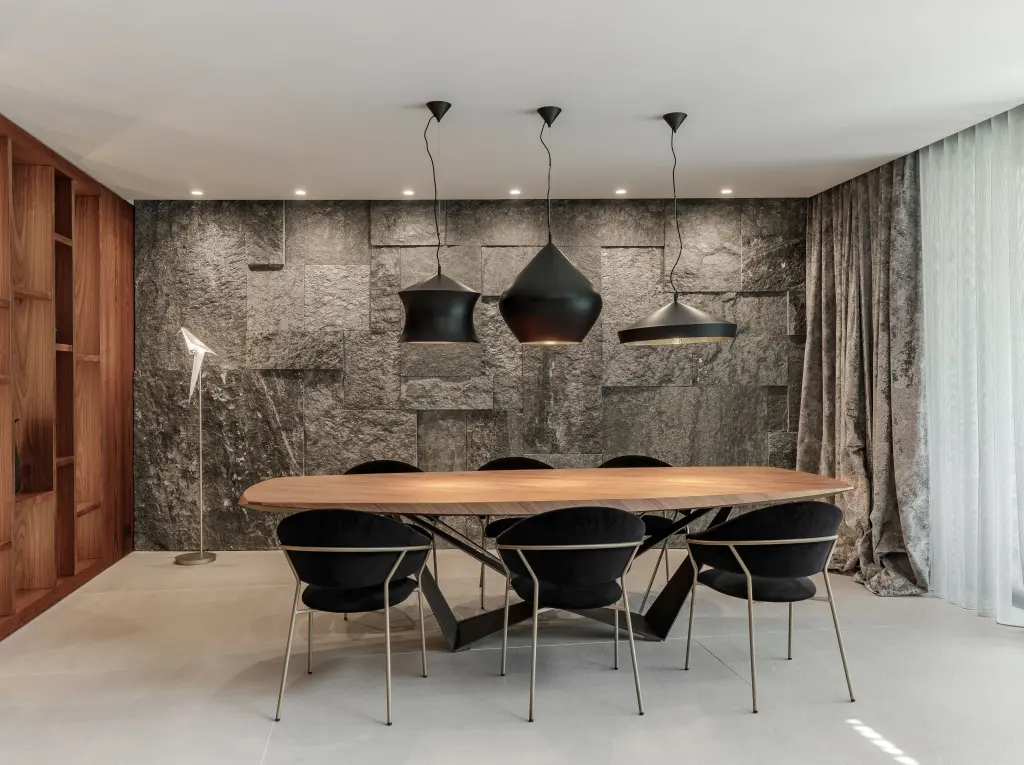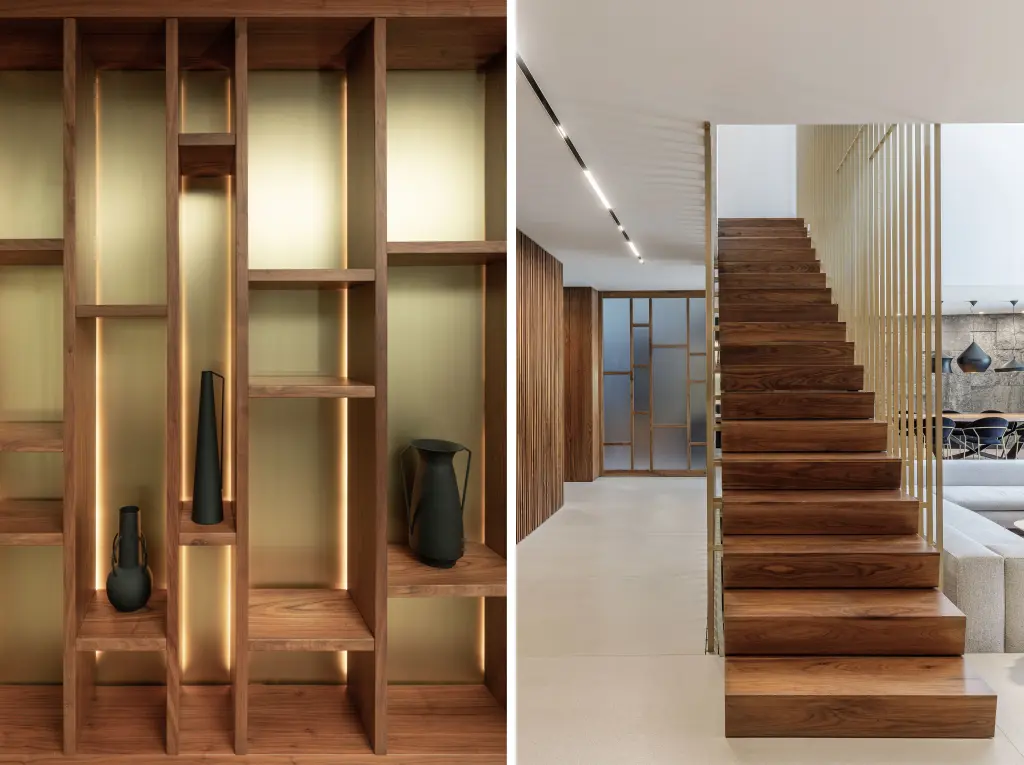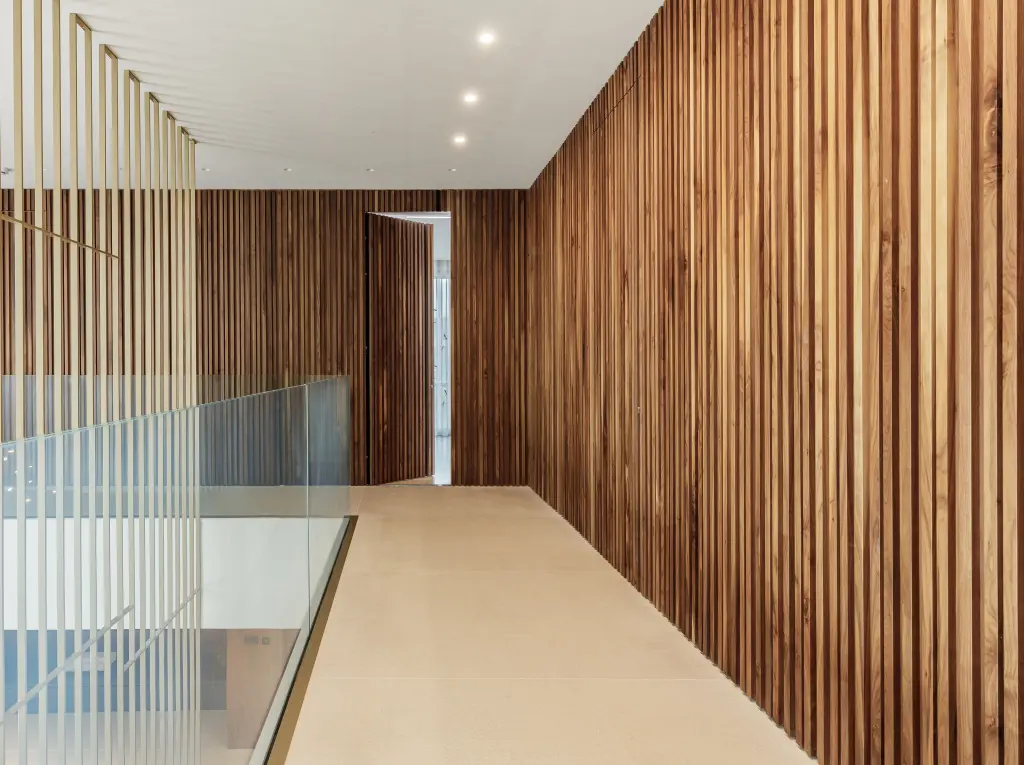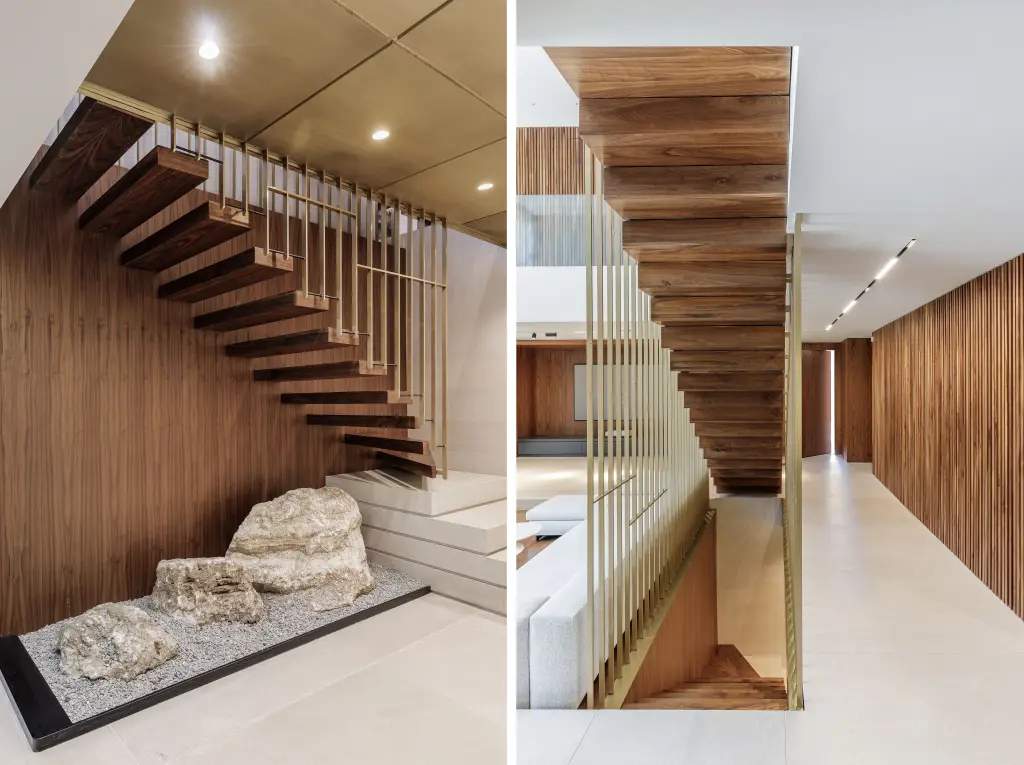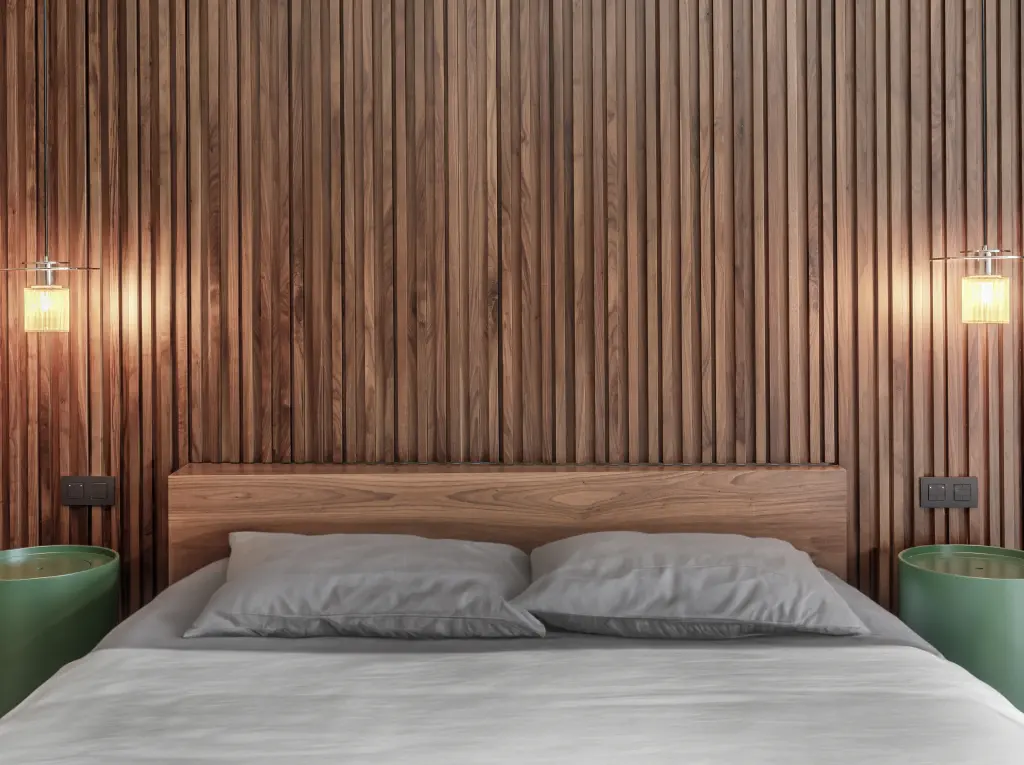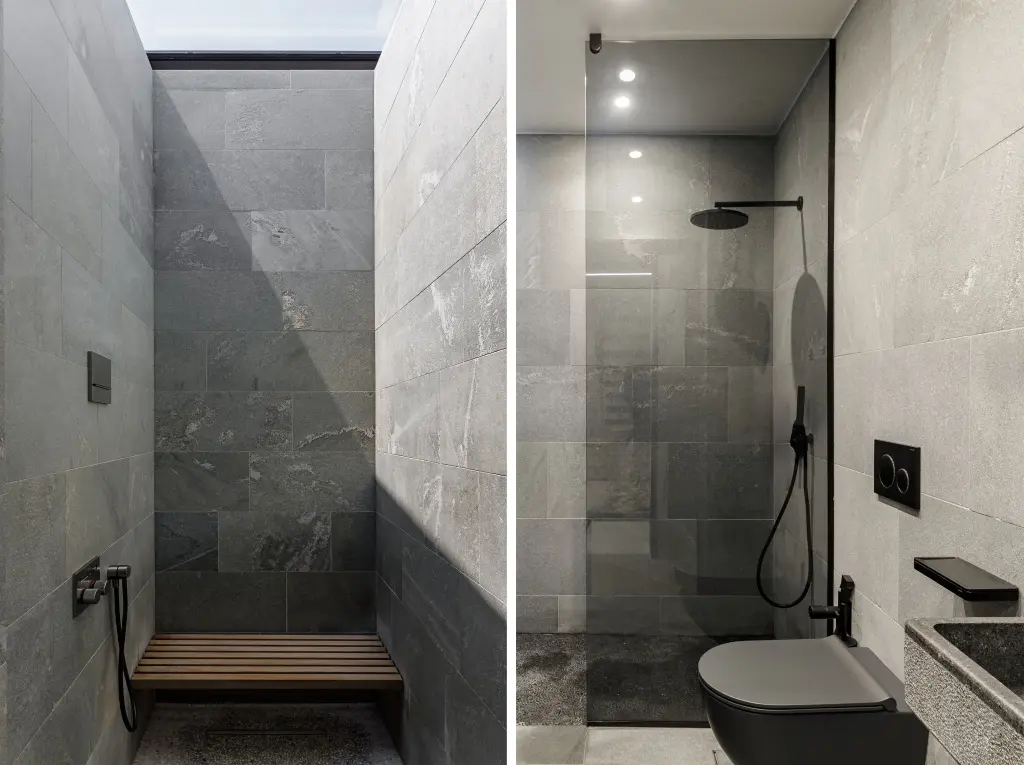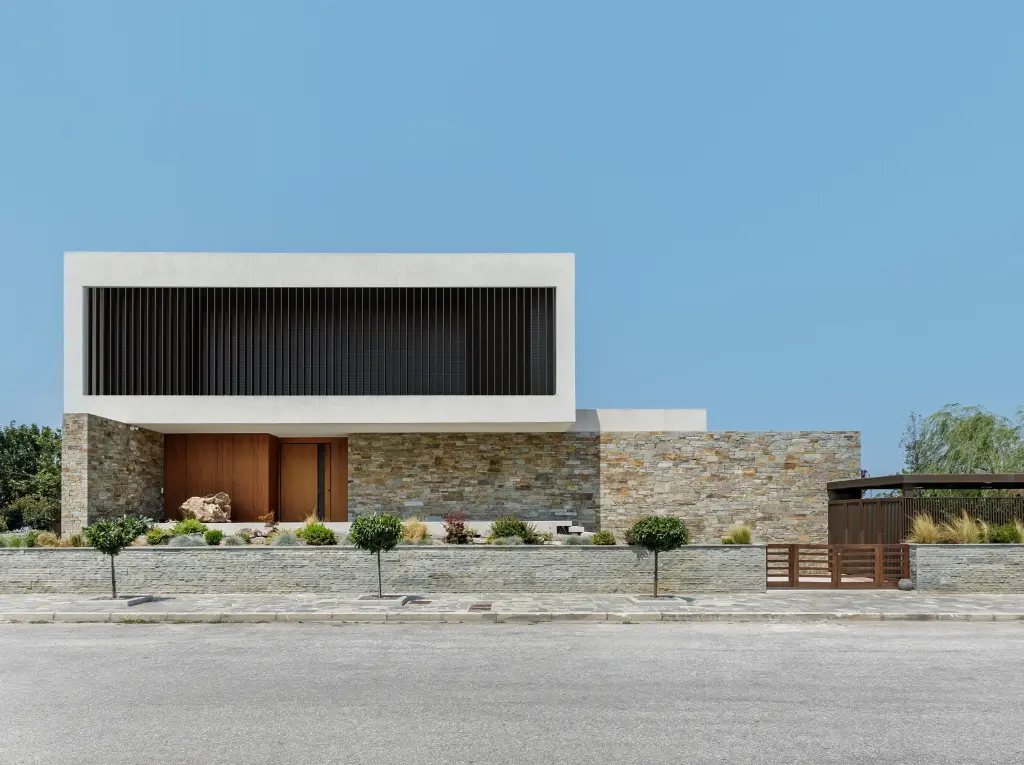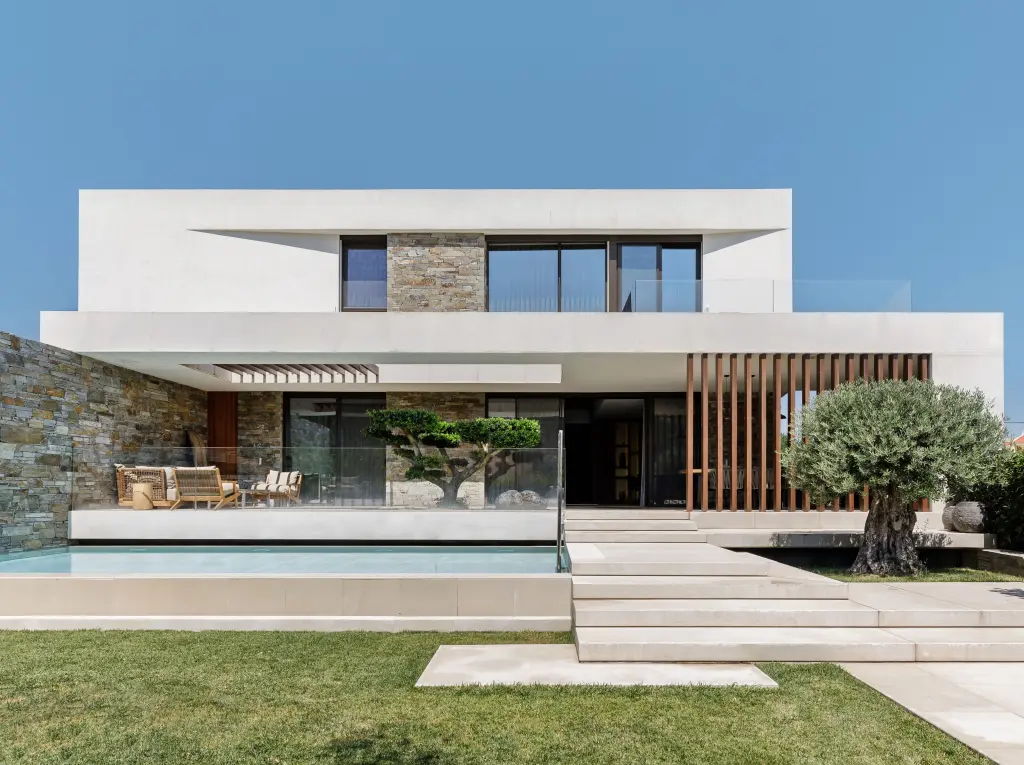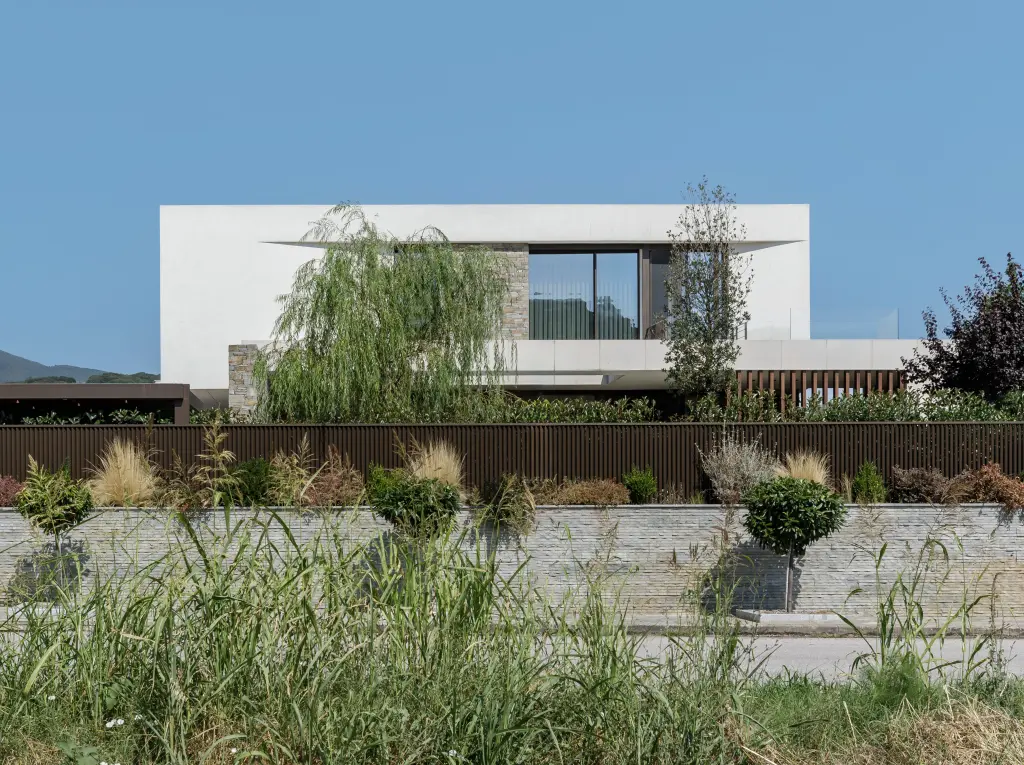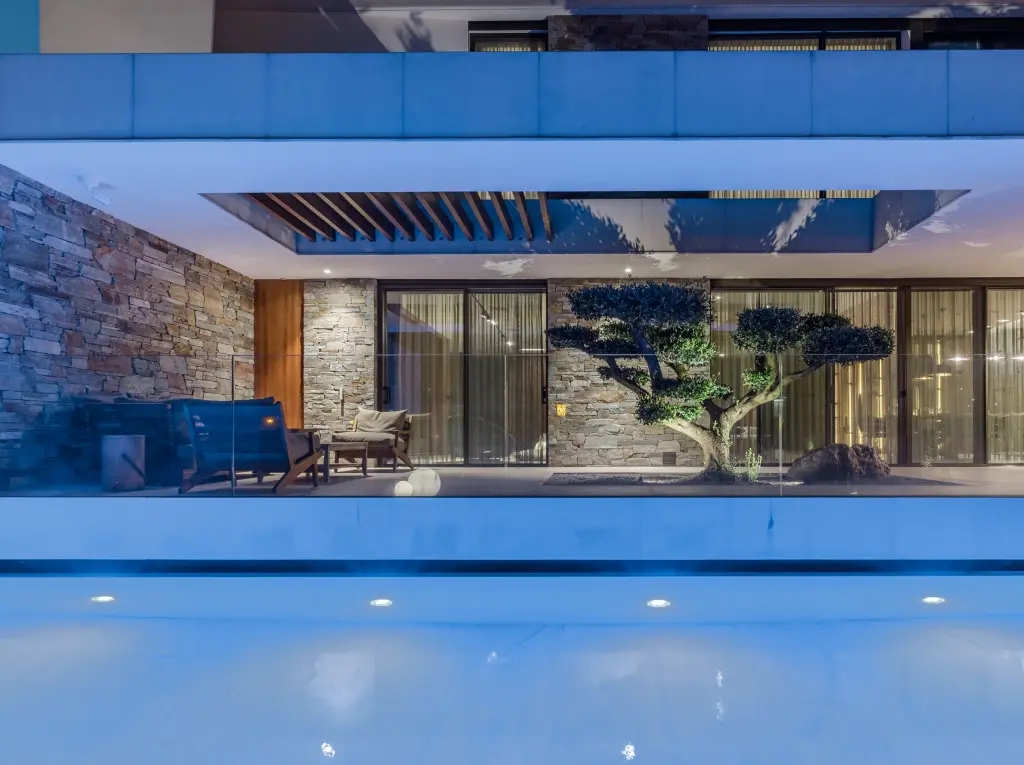PAGGAION
Function|Detached House
Location|Eleftheroupoli, Greece
Type|Commission - Residential
Client|Private
Size|Plot Area: 2000.00 sqm - Build Area: 350.00 sqm
Stage|Completed I Built
Architectural Design|Z-Level | Elena Zervoudakis
Interior & Landscape Design|KAAF Architects I Alexandros Kitriniaris
KAAF Team|Dionysia Patiri, Dimitra Koutsogeorga
Supervision|KAAF I Kitriniaris Associates Architecture Firm
Structural Engineer|Kostas Spiridis & Associates
MEP Engineer|Kostas Spiridis & Associates
Photographer|Karen Gkiounasian
Publications
Architizer|Digital, Global, May 2024
Archello|Digital, Global, July 2024
Archilovers|Digital, Global, July 2024
Description
The residence in Eleftheroupoli, a small town in Northern Greece, is situated in the spectacular landscape that lies between the Mount Symvolo and Mount Pangaion, and celebrates the geological wealth of the region, particularly the renowned local Kavala Stone. The architectural design tells the fascinating journey of stone quarrying and processing; using rock that is 500-600 million years old and showcasing its uniqueness. The residence expands over two stories and a basement. The first level has been dressed in Kavala slate, providing the sense of a solid base, while the second level extends beyond the first, giving the sense of a volume that is floating above the stone base.
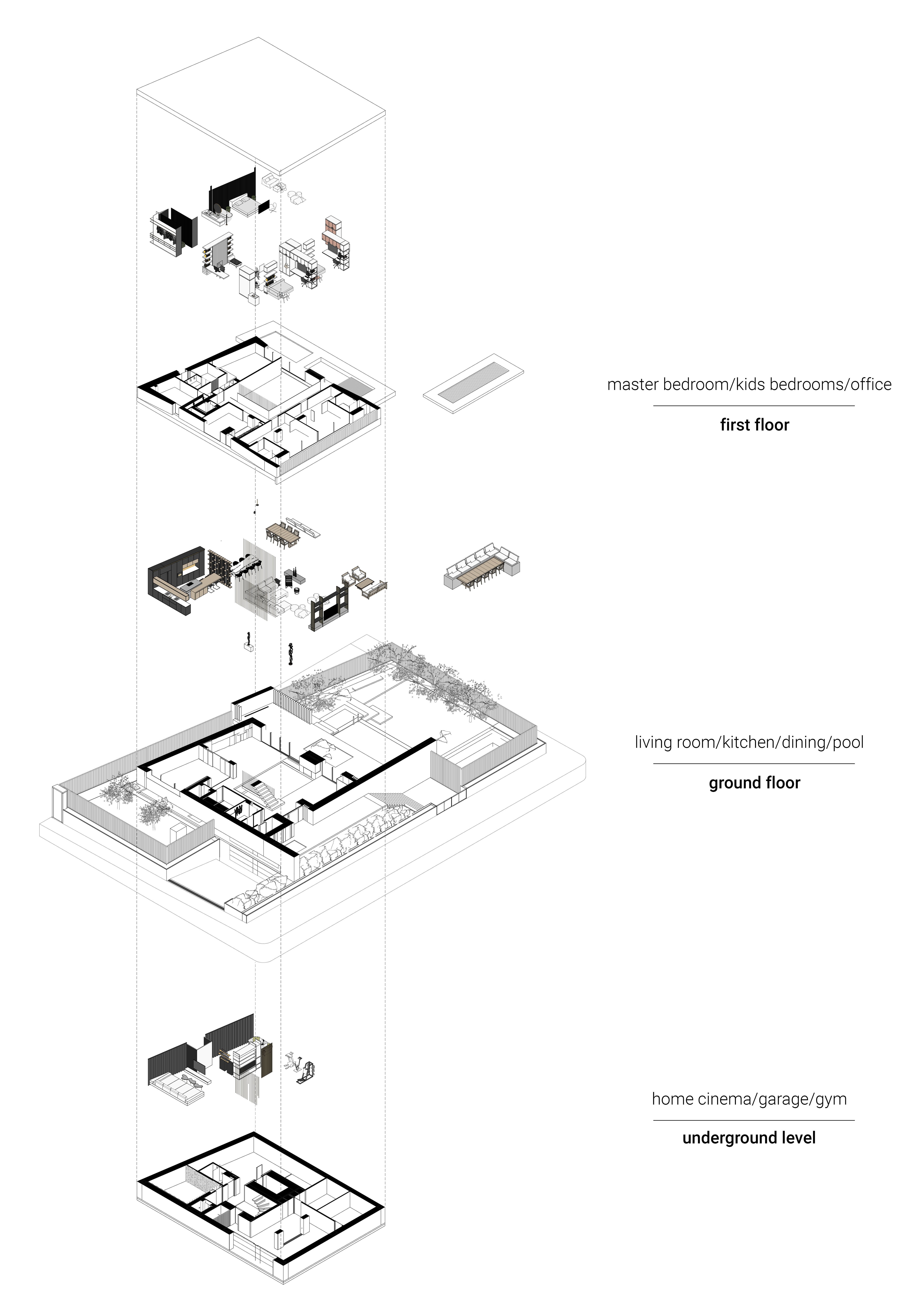
Entrance to the residence is through the southern façade, through a covered threshold, created due to the recessed ground floor. The stone wall of the entrance extends as a dynamic linear element of the composition that organizes the surrounding space. It sets the boundary for the covered outdoor area, which continues on from the ground floor and the swimming pool, which is covered in Kavala marble, giving a sense of water flowing through the rock formations. The exterior is graded in a step sequence, linking the different functional levels. Vertical wooden blinds, combine with the planting to provide privacy and produce a sense of introspection to the ground-floor spaces of the residence.
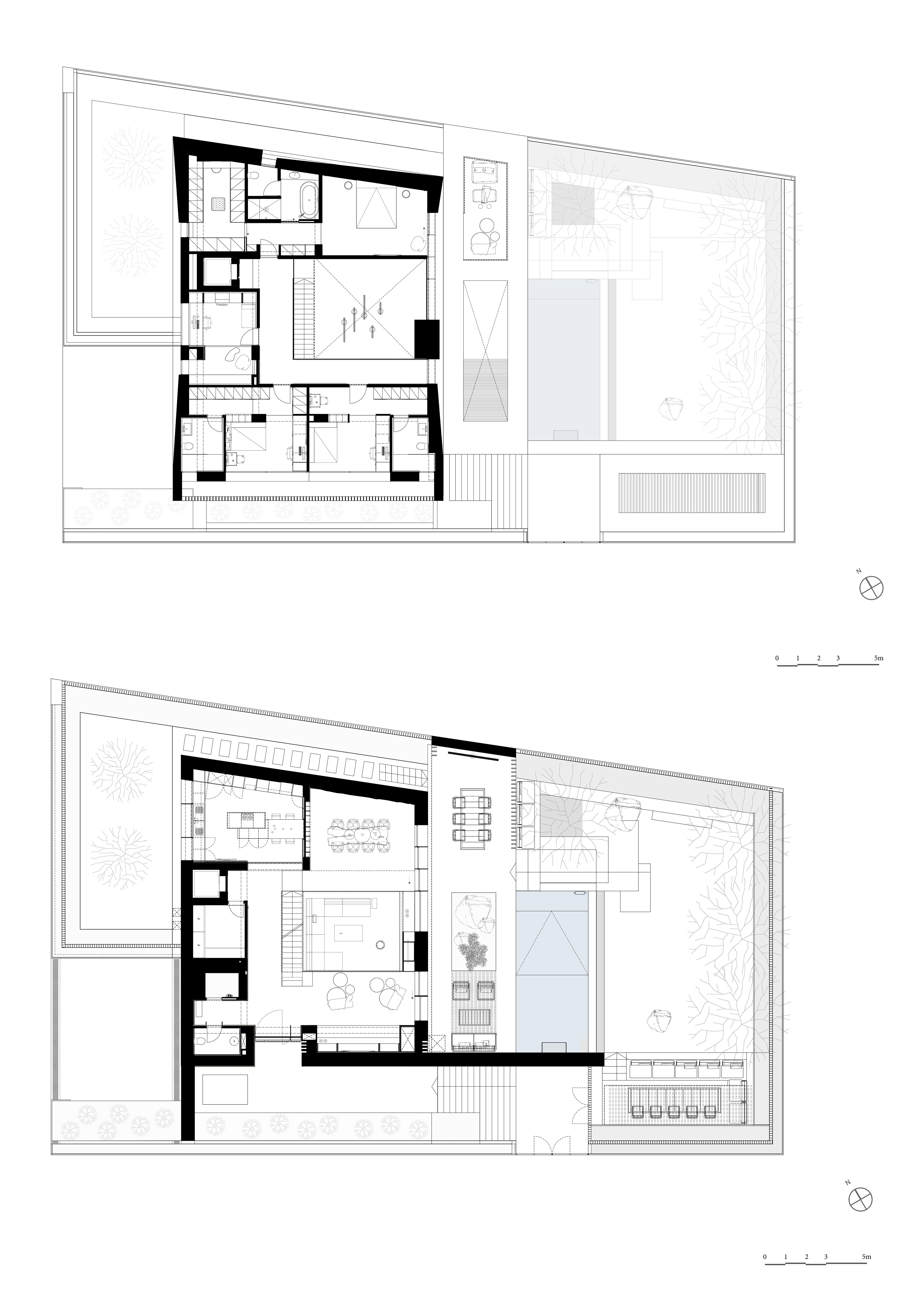
The interior design provides an interplay of space and material. A metal staircase with wooden cladding facilitates communication between floors, while connecting them visually. The ground floor is clearly organized with an internal atrium, living room, dining area, kitchen, and restrooms. The living room introduces a wooden-clad recess and a solid wooden floor, enhancing spatial flow. Specially-processed marble flooring and Kavala stone cladding are used, while certain remnants of stones, in the form of a strip, were utilized for wall cladding in other parts of the house. Bathroom walls in the Master were covered in tile with a brushed surface, also made from Kavala stone, in 14-stage process, in order to create lance-like forms called “spathies” by the stone masons. The interior was designed with a focus on sustainability, using raw materials that either come directly from the quarry or have undergone secondary processing. The use of wood complements the rest of the natural materials used.
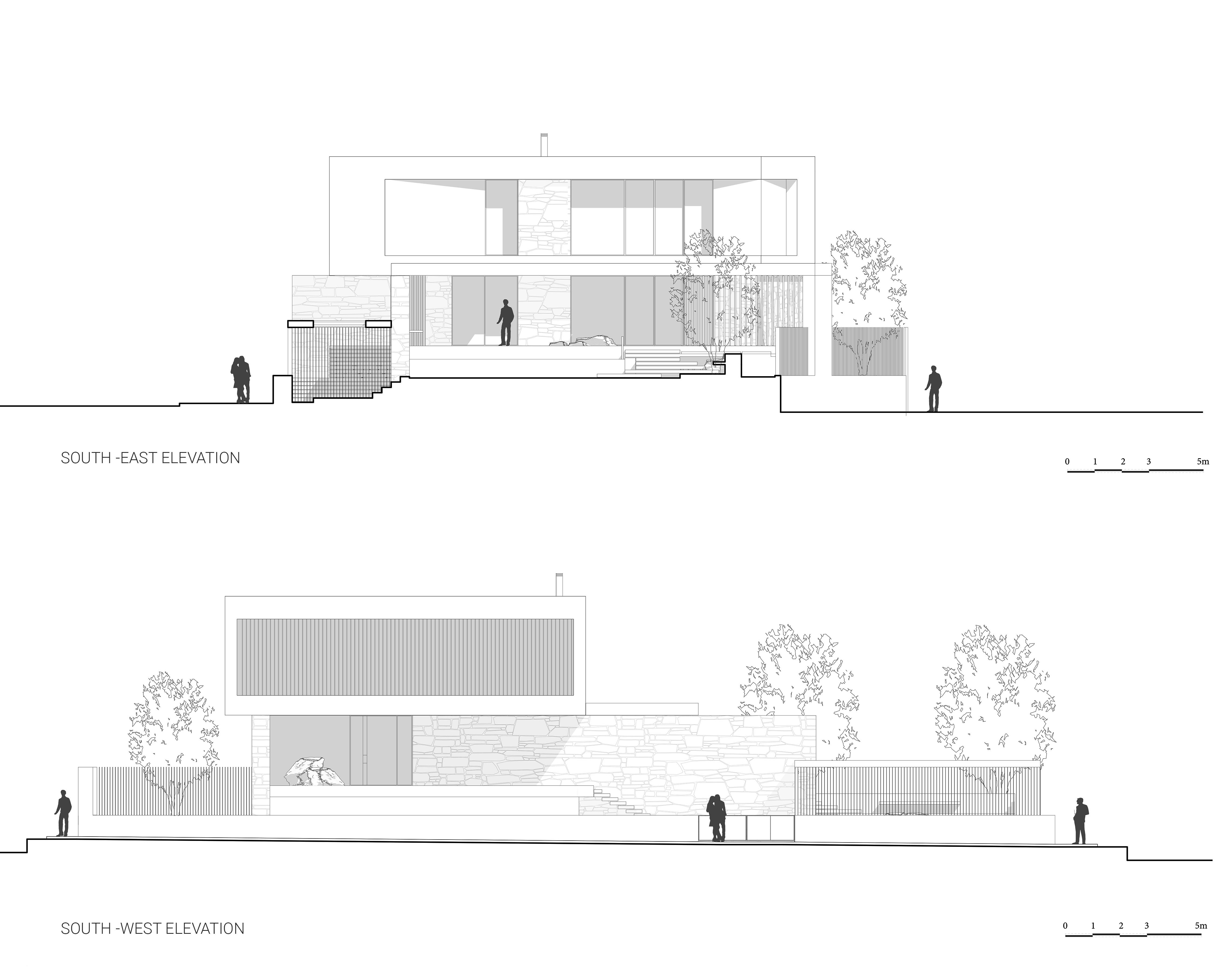
The building follows the principles of bioclimatic design, with an emphasis on natural lighting and ventilation. The façade recedes at points along the apertures, on the eastern, western and northern façades, providing direct diffuse light to the interior spaces of the upper floor. The southern façade has large apertures on the upper floor, which cannot be distinguished, due to the moveable blinds, providing natural lighting as well as privacy. The roof contains solar energy panels; so combined with the insulation and heating technology, the residence forms a sustainable building shell.
